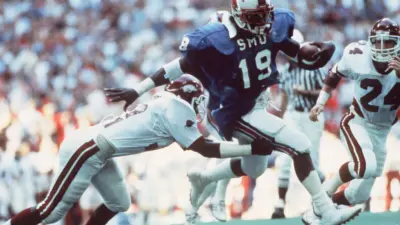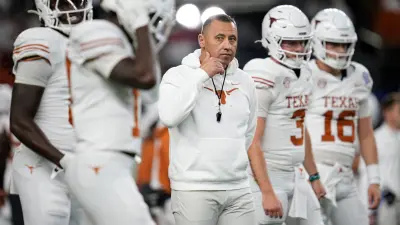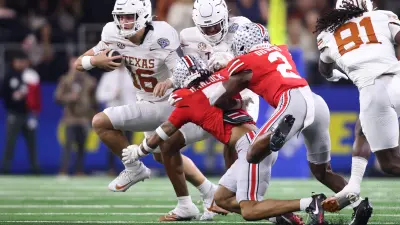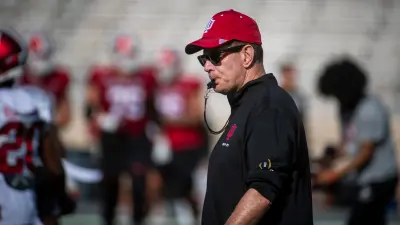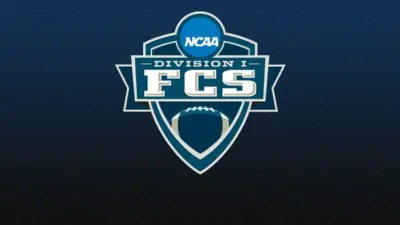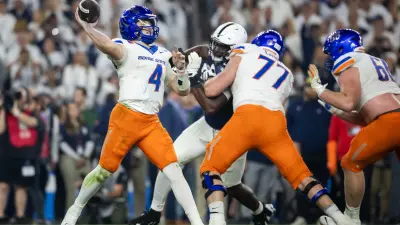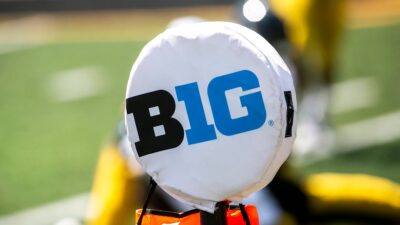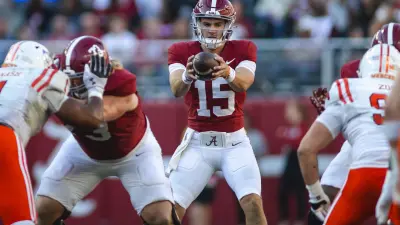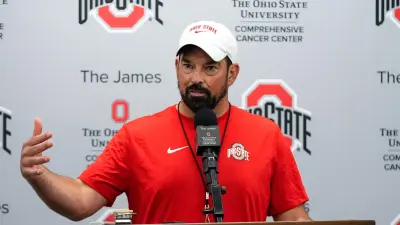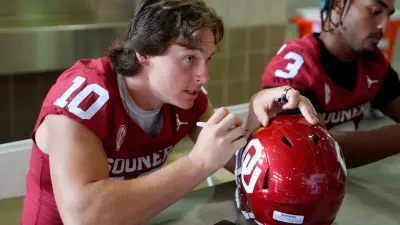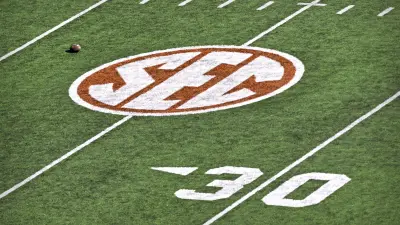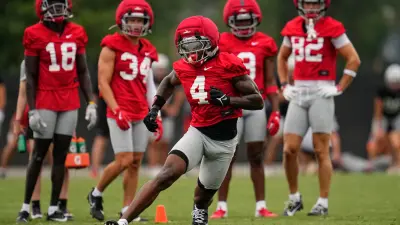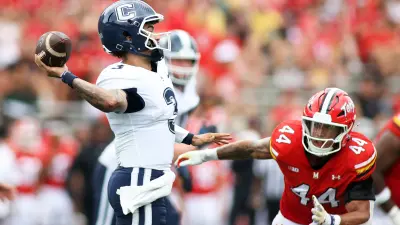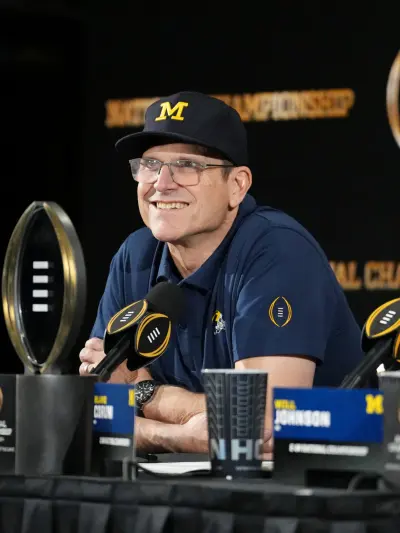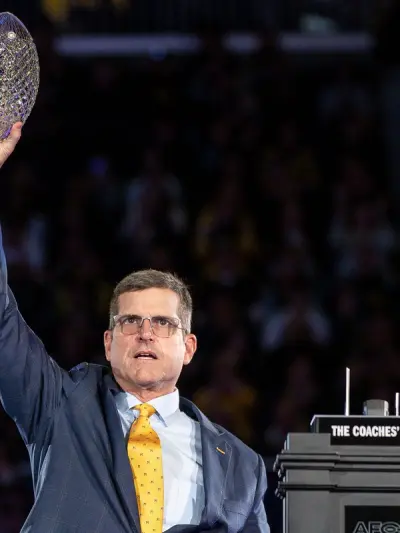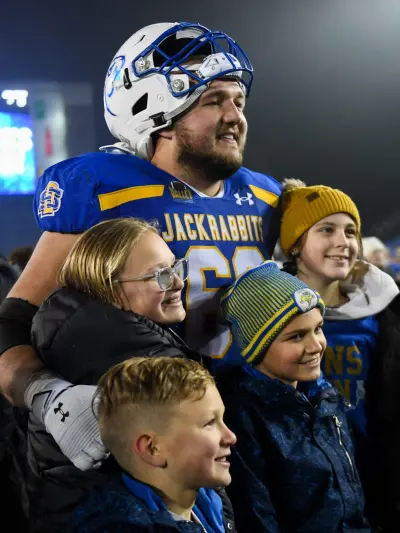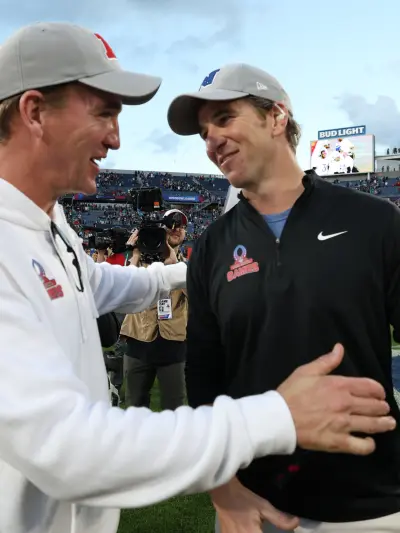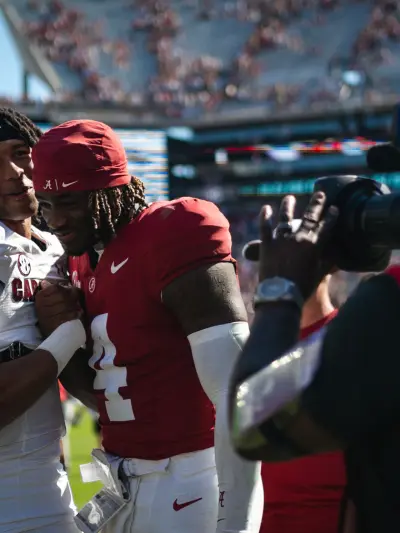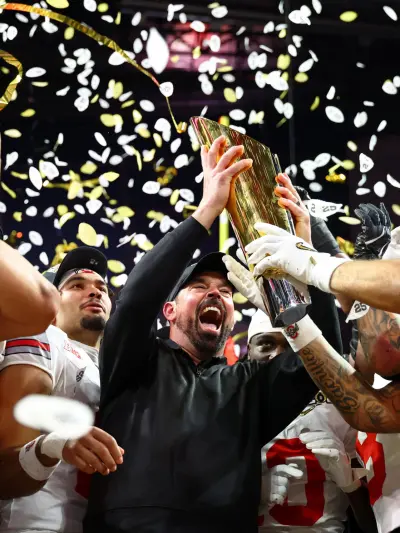By Kyle Golik
On a gray and rainy day on the morning of February 25, 1987, David Berst, who was NCAA Director of Enforcement, realized he was carrying the weight of the world on his shoulders. Never before nor never again would a penalty be levied against the school to the severity Berst was set to announce against Southern Methodist University.
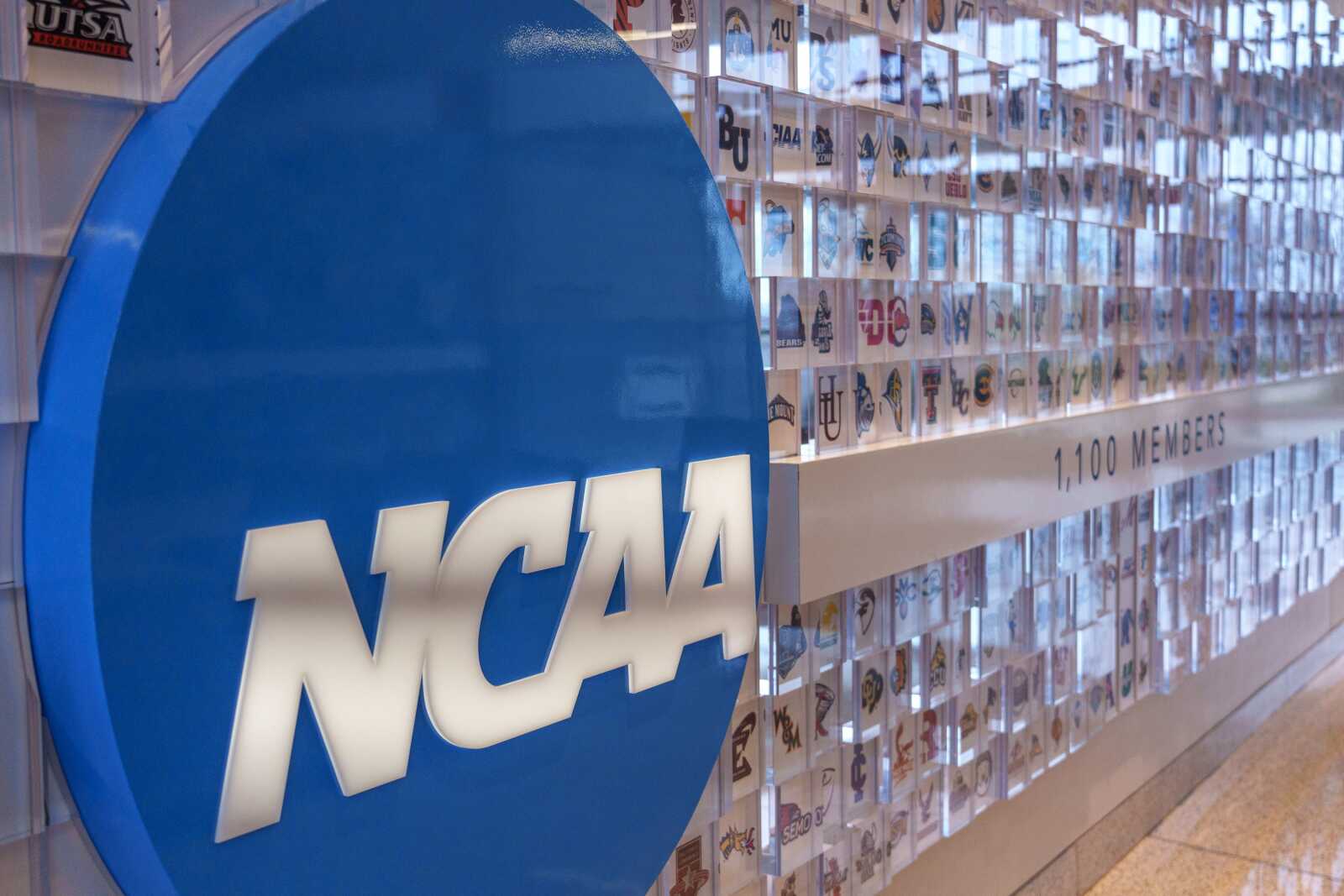
For many under 60 years of age, its hard to fathom, outside of ESPN’s 30 for 30 documentary, what kind of football program Southern Methodist was. Prior to Darrell Royal’s arrival in Austin in 1957, the Longhorns weren’t the national or premier program it is today, flip the narrative of where you place Texas and SMU today and that is what it was like.
When you think of the greatest Mustangs whether it was Doak Walker, Kyle Rote, Raymond Berry, or Forrest Gregg the tradition was superior.
After Royal and his counterpart at Arkansas, Frank Broyles, combine to lead the Longhorns and Razorbacks respectfully to 18 Southwest Conference championships and four national championships, changing the hierarchy of the Southwest Conference. The desire to resurrect the Southern Methodist program was in full swing when they brought in Ron Meyer.
Meyer came to SMU via UNLV, where he guided the Running Rebels to a 27-8 record, whose connection to Dallas was being a scout for the Dallas Cowboys 1971 Super Bowl team, was looking to change the hierarchy.
More Sports News
As Meyer alluded to in the 30 for 30 documentary “Pony Excess,” there were the $100 handshakes. Those handshakes were the foundation that led to more misconduct for SMU. When Meyer was able to lure in the running back duo of Craig James and Eric Dickerson, the alarms from other schools were starting to go off.
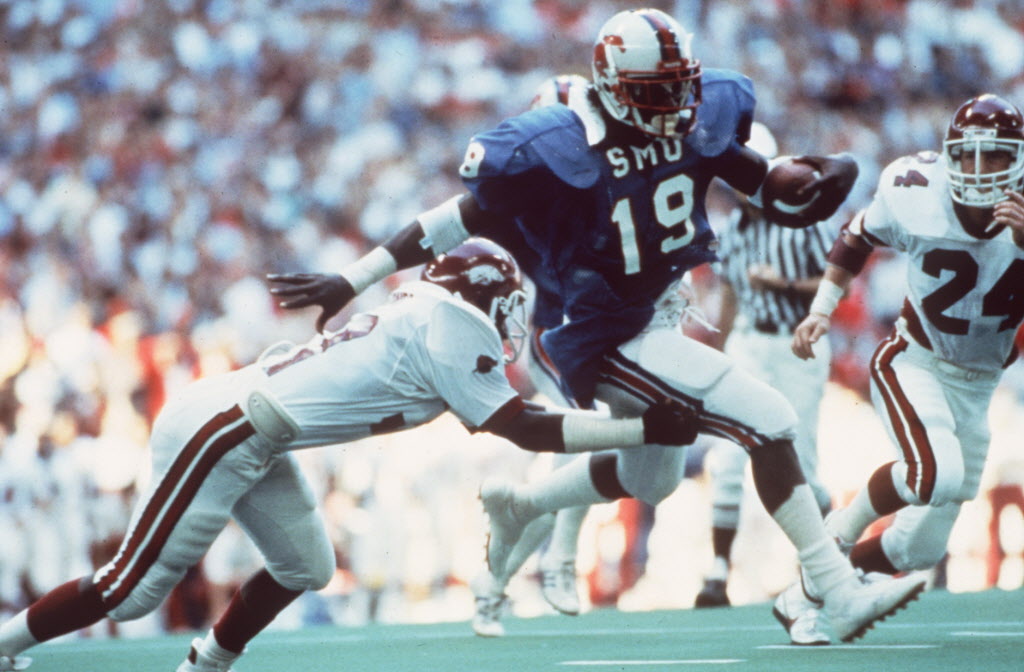
For the SMU program, the Pony Express took off as in 1980 the Mustangs returned to their first bowl game since the 1968 Bluebonnet Bowl when they took on BYU in the Holiday Bowl.
After losing the “Miracle Bowl” to BYU, allowing an 18 point lead entering the fourth quarter to disappear, so did the 1981 Mustangs bowl chances as recruiting violations kept them from participating in a bowl. It was at this critical junction that Meyer realized the machine he built at SMU he no longer could control and at some point he would have to answer for its shortcomings. Anyone who ever saw Meyer’s press conference when he accepted the New England Patriots job realized he jettisoned the disaster that would come at SMU.
As the Mustangs’ machine looked for a coach who wouldn’t question its practices and someone that was more of a puppet to them. They landed Southern Miss coach Bobby Collins. Collins had instant success in 1982, guiding SMU to an 11-0-1 season. Between 1981 and 1985, SMU was 41-5-1, they were the best team money could buy.
As the machine that was controlling SMU’s program started to realize they have major financial commitments to players and they realized they no longer had control. Every single one of the deals were illegal, and while the boosters were hesitant to pay, they realized they couldn’t stop because of what would happen to the program.
It seemed as if the machine didn’t want to make the payroll, it only exposed the program to NCAA investigators leading them to being a repeat offender.
Berst made the last ever appearance by an NCAA official to announce sanctions of a school at the school’s site.
The weight of the situation led Berst to faint, he realized what he had administered to SMU, it was more than a death penalty, the program got nuked.
The punishments administered gave every player a full release, they would not lose eligibility. Every game for the 1987 season was canceled, eventually the school would cancel the 1988 season. If the school wanted to play in 1988, all home games were canceled. The school would be on probation through 1990, if a banned booster interacted with the program further punishments would be levied. The school had limited staff available, only 15 scholarship players per year over four years.
Reaction to the punishment was wide ranging.
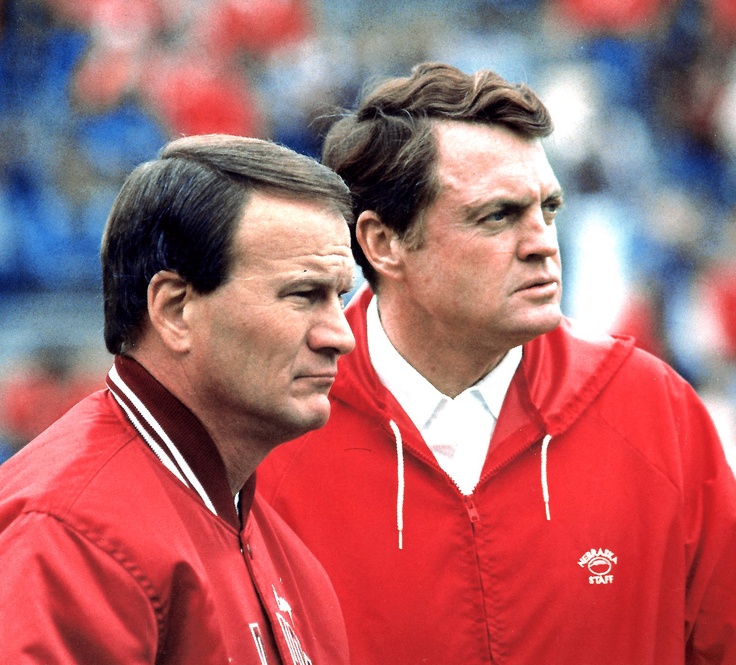
Former Oklahoma coach Barry Switzer said the punishments were so severe, the program would be a doormat for a decade.
KRLD Radio’s Chuck Cooperstein, who covered the SMU scandal, said, “If you need to shut down USC or Alabama, they can probably recover from that. If you shut down SMU, they aren’t coming back. It would send a greater message if you shut down USC, Alabama or Penn State.”
“It’s like what happened after we dropped the [atom] bomb in World War II. The results were so catastrophic that now we’ll do anything to avoid dropping another one.” said John Lombardi, former president of the University of Florida.
Trying to find a coach, who has the pedigree to attract talent to SMU with limited scholarships and knowing their record wasn’t going to be good for a long time, was a tall task. They were able to lure Forrest Gregg to coach his alma mater.
Gregg, a Pro Football Hall of Fame tackle from Vince Lombardi’s Green Bay Packers of the 1960’s, had coached the Cincinnati Bengals to a Super Bowl berth, said all the right things during the press conference.
When the games were real, during his first season Houston Cougars had 1,021 yards of total offense and scored 95 points on the Mustangs. No. 1 Notre Dame was gashing a depleted roster late in South Bend, and even the third string was having their way. The losses mounted and even Gregg, who bolstered that he wasn’t concerned about the record, realized the job was bigger than him.
Gregg’s greatest victory was fielding a team and competing. When you hear about programs taking their programs to the studs and foundation, it is one thing, SMU did not have a foundation even excavated and were going against programs that were light years ahead.
#onthisday
1987 NCAA cancels SMU's entire 1987 football schedule for gross violations of NCAA rules regarding athletic corruptionListen:https://t.co/KstRBzuXlp
#sports #sportshistory #podcast #sportspodcast #ncaa #recruiting #smu #ponyexpress #football pic.twitter.com/UEo9OLQRXP
— Daily Sports History (@DailySportsHis) February 27, 2024
Between the Mustangs return to college football in 1989 and demise of the Southwest Conference in 1995, they only won 13 games total and did not win a conference game until 1992, college football was changing and SMU was ill prepared for the seismic shifts.
As they returned to college football, Penn State joined the Big Ten and the SEC sniped Southwest Conference stalwart Arkansas, with SMU just returning to the sport and not a viable power, it only exacerbated Texas’ desires to leave for another conference.
When news broke that Texas, Texas A&M, Baylor, and Texas Tech were joining the Big 8, SMU, along with Rice, Houston, and TCU left to fend for themselves. SMU’s alienation toward its football program was high from the national embarrassment it caused. The school’s emphasis on education only grew as its desire to be the Harvard of Texas was realized. WFAA reporter Dale Hansen, who uncovered the David Stanley saga that led to the death penalty administered, said that June Jones had a player he really wanted and when admissions said he wasn’t academically eligible, the recruit had to settle for Stanford but it only showed how difficult the journey was to restore SMU.
Phil Bennett said in an 2019 piece about SMU for ESPN, that he did not realize how difficult this job was and felt every coach before and after him left the program in a better spot. The first major milestone came under June Jones in 2009 as SMU returned to its first bowl game since 1984.
Jones led SMU to four consecutive bowl games from 2009 to 2012, as the fledgling Mustangs became an attractive option for Mike Aresco and his new American Athletic Conference. While it was seen nationally as a small stepping stone nationally, SMU would return to heights in hadn’t seen since the Express days and even open the question why can’t they be amongst the Power 5 programs?
